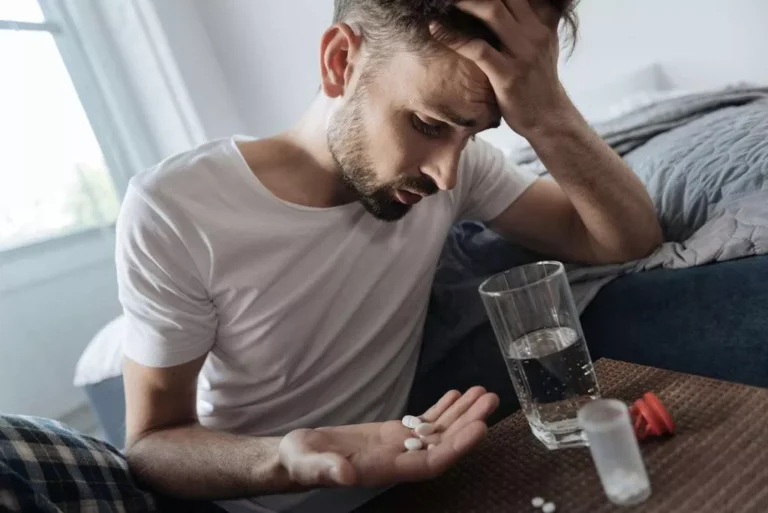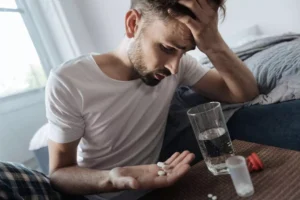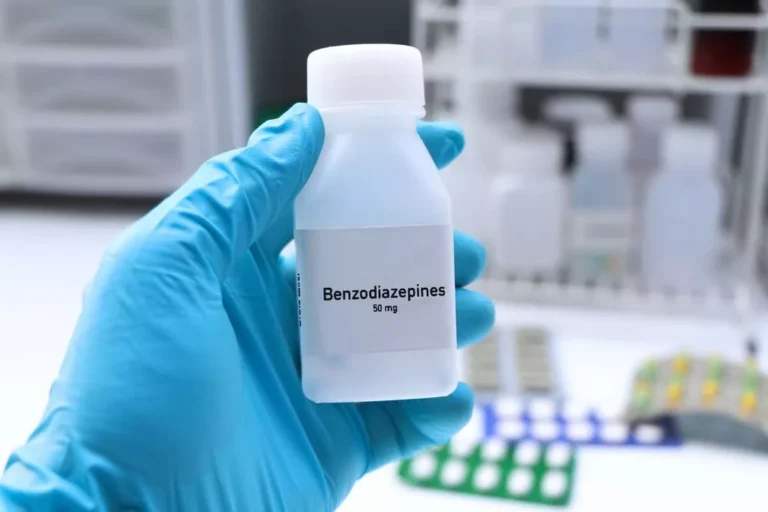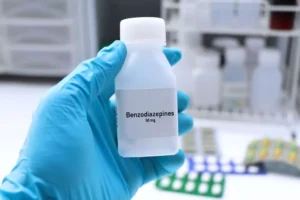
If your symptoms are more severe, you may need to stay in the hospital. This is so your doctor can monitor your condition and manage any complications. You may need to get fluids intravenously, or through your veins, to prevent dehydration and medications to help ease your symptoms.
Health Challenges

It’s characterized by a frenzy of activity in alcohol withdrawal syndrome symptoms the nervous system, and physical symptoms like high blood pressure, a fast pulse, fever, and sweating. Has helped alcoholics recover, and its primary goal is to build a community of people that can help provide a supportive environment for recovery. Alcohol withdrawal syndrome is a set of symptoms that occur when someone who is physically dependent upon alcohol suddenly stops drinking or drastically reduces their alcohol intake. Doctors usually use a type of drug called benzodiazepines to reduce alcohol withdrawal symptoms.
Top doctors in ,
- This includes beer, wine, and liquor, as well as products that contain alcohol such as rubbing alcohol and vanilla extract.
- As with BZDs, CNS respiratory center depression may emerge, especially in combination with BZDs, whose daily doses should be reduced to 15–20%.
- Alcohol consumption spans a spectrum from low-risk to severe alcohol use disorder (AUD).
- By the end of this first month, your recovery will be well underway, and your struggle with alcohol will begin to become more of a distant memory than a recent struggle.
- Delirium tremens has a fatality rate of 37% if untreated and is considered a medical emergency.
- This, as well as impulse control disorders, can last up to 4 weeks after discontinuing use.
If don’t have much of an appetite, you may want to take a multivitamin or drink a beverage high in electrolytes, such as a sports drink. If you take prescription medication, continue to take it as directed. The most effective way to prevent alcohol withdrawal syndrome is to avoid drinking or drinking only in moderation. Common medications include benzodiazepines to help treat symptoms like anxiety, insomnia, and seizures.
3. Questionnaires to detect severity of AWS
- Medical history and laboratory biomarkers are the two most important methods for the identification of patients at high risk.
- This process temporarily restores homeostasis, or chemical balance, in an effort to counteract the impact of long-term alcohol use on the brain.
- As new symptoms develop, they will become more and more intense as withdrawal progresses.
They may be more noticeable when you wake up with less alcohol in your blood. Alcohol withdrawal is a potentially serious complication of alcohol use disorder. It’s important to get medical help even if you have mild symptoms of withdrawal, as it’s difficult to predict in the beginning how much worse the symptoms could get. Your healthcare provider will recommend and encourage treatment for alcohol use disorder. Alcohol withdrawal symptoms generally begin within 12–24 hours after your last drink. They will initially be milder, with a headache, tremors and mild anxiety being the first symptoms.
The ASAM Alcohol Withdrawal Management Webinar Series

Blood pressure, pulse, and alcohol breath analysis should be obtained whenever possible. The assessment should also include a validated measure of withdrawal symptom severity, ideally with the same instrument as the initial assessment. Patients are at risk of experiencing alcohol withdrawal delirium anywhere from 3 to 8 days following alcohol cessation. While only approximately 3% to 5% of patients with alcohol withdrawal syndrome will progress to alcohol withdrawal delirium, this condition may prove fatal. Identifying patients at risk for alcohol withdrawal delirium through a validated tool and considering the patient’s history of complicated withdrawal is a crucial aspect of managing the syndrome.
Therapy

However, try not to have too many firm expectations, as symptoms can continue for multiple weeks in some people. For people who experience hallucinations as part of alcohol withdrawal, these may begin in the https://ecosoberhouse.com/ 12- to 24-hour time frame. During the 12- to 24-hour time frame after the last drink, most people will begin to have noticeable symptoms. These may still be mild, or the existing symptoms might increase in severity. Alcohol withdrawal symptoms range from mild but annoying to severe and life-threatening.
Alcohol Withdrawal Timeline

Inpatient treatment, which requires staying overnight at a facility, might be safest for those at risk of severe alcohol withdrawal symptoms. Alcohol consumption spans a spectrum ranging from low risk to severe alcohol use disorder (AUD). Chronic risky drinking or the presence of AUD increases the risk of alcohol withdrawal syndrome. For most people, alcohol withdrawal symptoms will begin to subside after 72 hours.
If you don’t already have a supportive network, you can make new connections by joining social media communities dedicated to alcohol-free living. This process temporarily restores homeostasis, or chemical balance, in an effort to counteract the impact of long-term alcohol use on the brain. Read on to learn about the symptoms of AWS, as well as how it can be treated or prevented.


